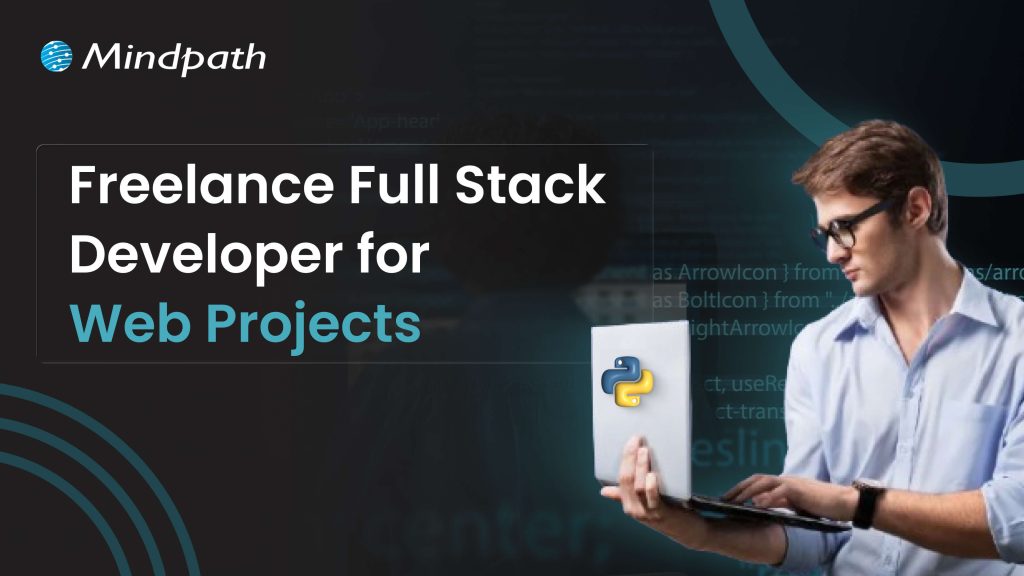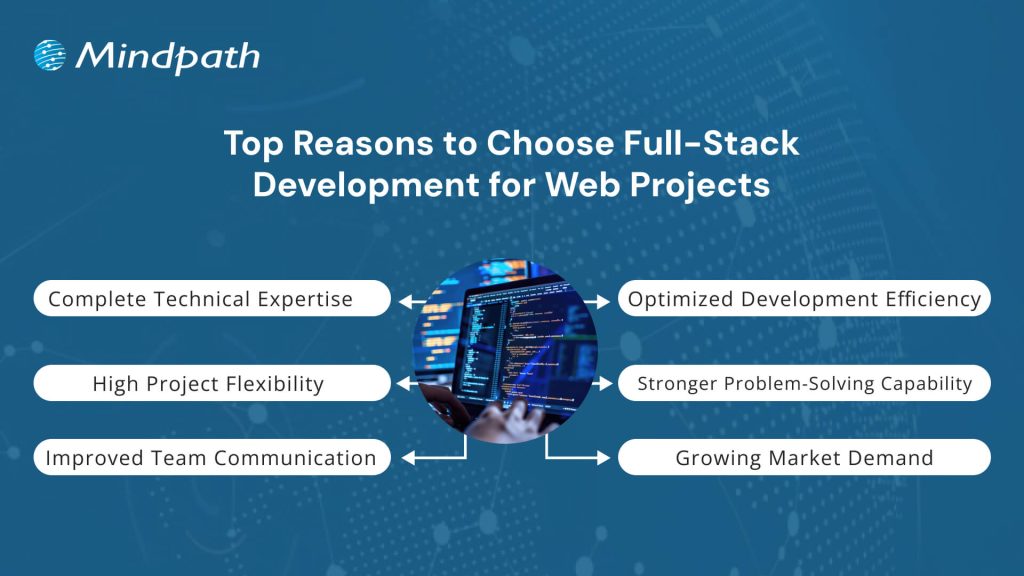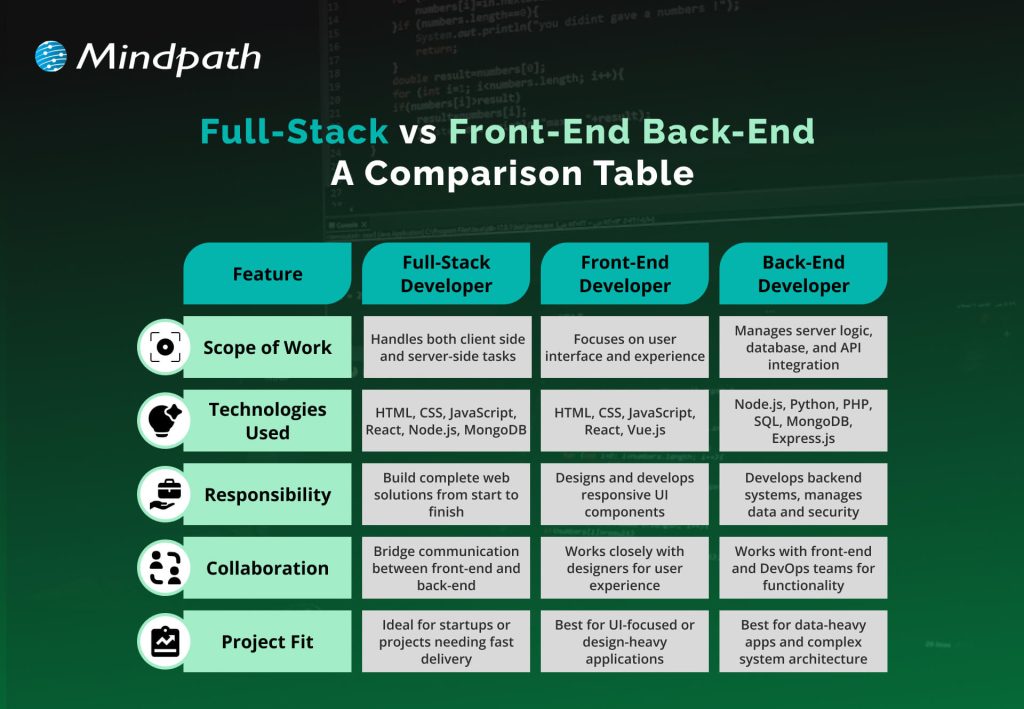Ever wondered how AI is redefining the world? From driverless cars to smart assistants, AI finds its way into every living aspect of our life. But what are the most recent trends you must know about? In this blog, we’ll explore some of the most exciting AI trends and how they can solve real-world challenges.
Artificial intelligence is what makes computers and other machines do what human beings can do. Essentially, it enables computers to perform tasks such as understanding and processing human language, making decisions, and recognizing patterns. AI uses a wide range of technologies, from machine learning—through which systems learn from data and improve the performance of their tasks—to natural language processing, whereby machines understand and interact with human language. AI has a significant place in today’s world because it is changing most aspects of our lives. It also provides the computing power behind smart speakers like Siri and Alexa, helping us organize tasks and get information more easily. AI helps doctors make better decisions in treatment by facilitating correct diagnosis among various diseases from image processing and analysis of patients’ data in health fields. It’s an integral part of industry automation of repetitive tasks, increasing efficiency, and minimizing errors.
AI will rule the business world soon, and companies are at different stages of its adoption. Recent statistics have revealed that 22% of firms are implementing AI fully into their products and workflows, whereas 33% do so in a few areas, and 45% are still exploring the potential. Challenges such as high costs and data requirements contribute to slower adoption. Despite that, AI is applied quite massively: 56% of companies apply it to optimize operations, 51% for cybersecurity and fraud prevention, 47% for digital assistants, 46% for customer relationship management, and 40% for inventory management. Artificial intelligence also helps in creating content, making product recommendations, accounting, recruitment, audience segmentation—all of them help a business in task automation, service enhancements, and gaining competitive advantages.
Let us dive deep into the latest AI trends and how they help in transforming the world!
Important AI Trends 2024
1. Easier Model Optimization
Model optimization could be within reach due to several key technological developments: Low Rank Adaptation (LoRA), which appends smaller trainable layers to pre-trained models for improved efficiency in speeding up fine-tuning and reducing memory use; Quantization, which reduces the precision of model data to reduce memory and boost processing speed; QLoRA, which combines all this for still better results. DPO—direct preference optimization—greatly simplifies the process of aligning a model with human preferences, compared with more onerous methods like RLHF. These innovations, coupled with the progress in open-source models, have started to increase the availability of advanced AI tools for small businesses and developers, ultimately changing the face of AI.
2. Multimodal AI
Generative AI is heading toward multimodal models that handle several forms of information concurrently. Unlike the older models that were designed for a specific task, the new ones, including OpenAI’s GPT-4V and Google’s Gemini, as well as open-source ones such as LLaVa, have the capacity to incorporate natural language processing and computer vision in one place. Recent innovations, like Google’s Lumiere—a text-to-video model—open up interactions around video creation and image-based style referencing. This trend towards multimodal AI brings a raft of applications closer to the vision: more intuitive virtual assistants could respond to an image with natural language answers or provide instructions through imagery. It is also likely to process diverse data types like video that enriches the training data, hence leading to more effective and versatile AI models.
3. GPU Shortages and Cloud Costs
With a raging GPU shortage and rising cloud costs, the business world is increasingly eyeballing smaller AI models. According to James Landay of Stanford, since companies are racing to use the few available GPUs, that really means there is a drive for cheaper, simpler hardware solutions. A 2023 O’Reilly report shows most of the companies leveraging cloud services for AI, as setting up servers in a company is expensive and time-consuming. As demand continues to increase, cloud costs could grow. To make this a reality, businesses will need flexible models that are either small and efficient or large for tasks that call for more power.
4. Small(er) Language Models and Open-source Advancements
The AI industry is getting over the fad of extremely large models because of the cost and energy awareness around their training. According to Sam Altman from OpenAI, the era of large models such as the 1.76 trillion parameters in GPT-4 might be ending. These models require tremendous amounts of electricity—training one that’s similar in size to GPT-3 uses as much energy as over 1,000 households in a year. Smaller models bring multiple advantages: They are less expensive, thus democratizing artificial intelligence technology across users and organizations. They also can be deployed on smaller devices, providing more privacy and enabling usability in edge computing and the internet of things applications. Moreover, such models prove to be easy to understand and explain, thereby enhancing transparency and trust in AI systems. All this trend of moving to smaller models makes AI practical, available, and efficient.
5. Shadow AI (and Corporate AI Policies)
As generative AI tools become more popular and accessible, businesses face risks from both official and unofficial use of AI. Employees sometimes use AI tools on their own, bypassing company IT policies—a practice known as “shadow AI” or “BYOAI.” While this can speed up innovation, it also raises significant risks. Employees might unintentionally expose sensitive information or use copyrighted material without permission, leading to security, privacy, and legal issues. For businesses, it’s crucial to have clear AI policies and to manage both official and unofficial use of these tools to avoid potential problems.
6. Customized Local Models and Data Pipelines
By the end of 2024, one will be able to outcompete the business by developing tailor-made AI models to suit needs, rather than counting on major AI providers that give generic services. Open-source AI models will be helpful in creating companies with mighty and specialized tools without incurring large infrastructure costs, which will be very useful in areas of law, medicine, and finance where specific knowledge is required. They can be trained on a company’s own data, and fine-tuned for any number of tasks that range from customer support to supply chain management to the analysis of complex documents. In these cases, smaller models that can run on regular hardware may have advantages. They can keep sensitive data safe because they don’t involve third-party processing and save money by taking less storage space and processing power.
Ready to elevate your business with AI?
Mindpath delivers tailored AI solutions that drive innovation and efficiency.
AI development Services at Mindpath
At Mindpath, we are exceptionally well placed to offer the best AI solutions to any business. Through our Predictive Analytics service, we analyze the data to enable you to project what’s coming and act before time. Machine Learning Applications can make systems learn and improve over time for ever more accurate tools and insights. Discover the 10 benefits of artificial intelligence that can transform your business operations and decision-making processes with our advanced AI solutions.
With Data-driven Insights, we turn your raw data into information that truly empowers you to drive informed decisions. Our Automation Solutions free more time, automating tasks within a cycle of repetition and increasing overall efficiency.
In the domain of Business Intelligence, we bring you Data Visualization, hence simplifying complex information. We also host Reporting and Dashboards, to get a full view of performance; Performance Analytics, to assess and hence improve operations, and finally, Decision Support, guiding strategic choices.
For Conversational AI, we develop Chatbots and Virtual Assistants that make interaction between the user and the app easier to guide through, support, or lead more effectively. Natural Language Processing ensures effective communication between humans and AI, while Customer Interaction Automation increases the efficiency of delivery for service.
Conclusion
The AI world is changing rapidly, with trends toward smaller models, more efficiency, and emerging ways to improve versatility and accessibility. As these developments continue to shape the future, the best way to stay ahead will be to embrace these changes by learning to adapt to new technologies. At Mindpath, we stand at the forefront of this change, offering cutting-edge AI solutions customized to suit your business needs. We provide tailor-made AI development services that enable innovation and efficiency. From powering Predictive Analytics to developing custom Machine Learning Applications to providing Business Intelligence, our expertise will ensure your business will never be obsolete.
Interested in how AI can transform your business?
At Mindpath, we specialize in custom-made AI solutions that foster growth and improve performance.














